Travel With Tamara | The Highlights of Ethiopia
The Highlights of Ethiopia
There are so many highlights of Ethiopia it's hard to pick which to write about - here's my pick of the best.
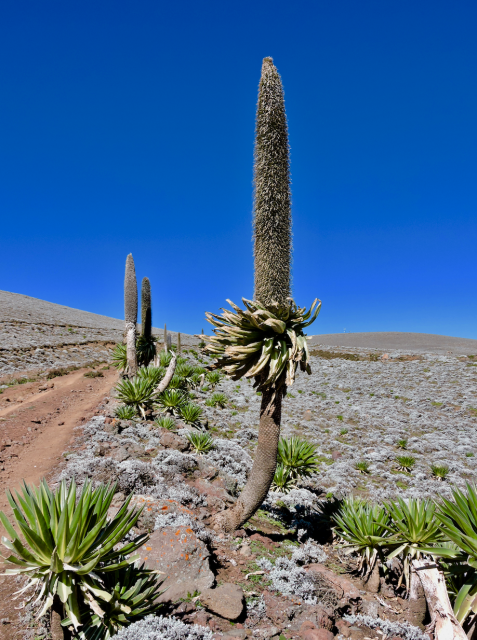
On 31stMay 2020, Forbes published their list of rising stars in travel. They named the seven countries they believe have the potential to become major tourist destinations in a post-covid world. Top of the list was Ethiopia.
Ethiopia’s history is long and remarkable. Some of the oldest evidence of homo sapiens was discovered here, including Lucy, an almost complete skeleton 3.2 million years old. This led the country to be called the Cradle of Mankind. Add to this stone age tools dating back 2.5 million years and rock art depicting people, livestock and wild animals from around 9,000 years ago and you have signs that hominins have inhabited this land for as long as anywhere in the world.
Myths and legends populated with larger than life characters make up the history of Ethiopia. Itiyopis, great grandson of Noah, is said to have founded the country, while his son Aksumai established the city of Axum. The Queen of Saba, also known as the Queen of Sheba, returned from her visit to King Solomon in Jerusalem carrying his unborn child; this child became King Menelik, founder of the Solomonic line of emperors which remained unbroken until Emperor Haile Selassie who was overthrown in 1974. The stelae of Axum and remnants of the Queen of Sheba’s palace can be seen in Axum to this day.
Ethiopia converted to Christianity in the 4thcentury, making it the second civilisation on earth to adopt the religion. The nine saints from Syria introduced Christianity; Ethiopian merchants known as janderabaw, returning from trading expeditions, supported their tales of a saviour called Jesus. Since many early Christians feared retaliation from those who had not converted, they built churches cut into the peaks of the stunning yet harsh cliffs of the Tigrey region. These astonishing cliff churches are glimpses into another era; scaling the precipices is exhilarating and the views from the peaks are spellbinding.
In the 12thcentury, King Lalibela, saddened that Ethiopians were no longer able to visit Jerusalem, decided to build a second Jerusalem on the escarpment now named after him. The 11 churches that make up Lalibela, Ethiopia’s New Jerusalem, are carved from rock and linked by a maze of tunnels. These extraordinary rock-hewn churches, a UNESCO World Heritage Site, are familiarly known as the Eighth Wonder of the World.
Yet more striking historical sites are found in Ethiopia’s north. The castles of Gondar, built by a succession of emperors, are referred to as the Camelot of Africa. The monasteries of Lake Tana, on the islands and peninsulas of the lake, are vividly painted with Biblical stories. A day spent on a boat, island-hopping around Lake Tana, is a delight. And the walled city of Harar, an Islamic town in this predominantly Christian country, is recognised by many Muslims as the fourth holiest city in the world after Mecca, Medina and Jerusalem. The town, filled with cobbled alleys, spice markets and Arabic houses with walls covered in bright baskets, is a welcoming place to wander and wonder.
However, visiting Ethiopia isn’t only about its history. The country boasts some national parks with eye-catching mountains, stimulating trekking and endemic species. Exploring the Bale Mountains, Simien Mountains and Awash National Park, on foot or in a vehicle, makes for an adventure. Here you’ll find the Ethiopian wolf, Gelada baboons, Walia ibex and the bone-eating Lammergeier.
The tribes who live in the Omo Valley live according to their ancient traditions, wear traditional clothes and indulge in body decorations that can be quite extreme. Mursi women insert lip-plates into their lower lips; Harar men must run over the backs of bulls to prove they are ready for marriage; Karo use feathers and body painting to beautify themselves; Konso live in villages like mazes from which unwary visitors will never find their way out.
Finally, as if Ethiopia hasn’t provided enough surprises, there’s the Danakil Depression. A moonscape like nothing else on earth, this land has fluorescent bubbling sulphur, gleaming salt lakes and temperatures that can hit 50 degrees. The nearby live volcano Erta Ale spurts a spectacular fountain of crimson lava. Climbed at night, this makes for not only an exciting climb but a spectacular summit at midnight.
Tamara Britten, 03 July 2020
Published also in: Go Places Digital
About the region
Addis and Surroundings
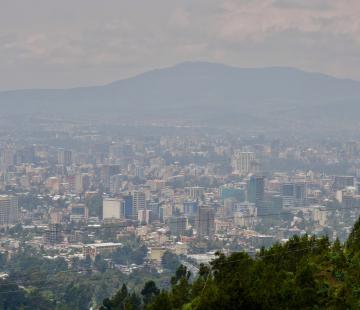
Addis Ababa is the capital of Ethiopia, the country’s largest city, and site of the headquarters of the African Union. Highlights include Entoto Mountain on which stands the Palace of Menelik II, the National Museum, the Ethnographic Museum, Trinity Cathedral, St George Cathedral, Merkato and the Piazza.
Read more about Addis and SurroundingsEastern
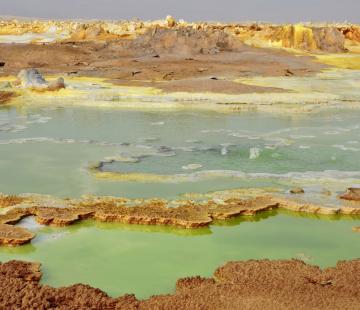
This remote and remarkable region includes the scalding and volcanically active Danakil Depression, with colourful bubbling sulphur, desiccated salt lakes and the live Erte Ale volcano. Also in the region is Awash National Park and the Islamic walled city of Harar.
Read more about EasternNorthern
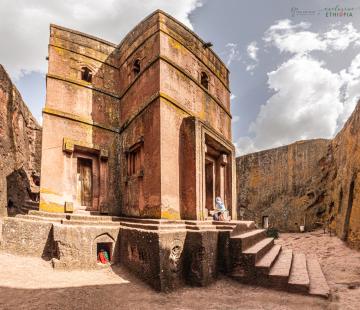
The historic north is home to what are arguably Ethiopia’s most popular sites. The legendary historic route includes Bahir Dar, Gondar, Axum, Lalibela and Gheralta. The region also includes Lake Tana, source of the Blue Nile, and the Simien Mountains, with Ethiopia’s highest peaks and most diverse wildlife.
Read more about NorthernSouthern
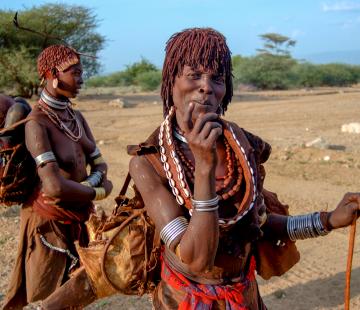
Ethiopia’s south is perhaps best known for the tribes who dwell here, particularly around the Omo Valley, who live according to their traditional customs. The region is also known for the Bale Mountains National Park, and for the chain of lakes that stud the Rift Valley.
Read more about Southern